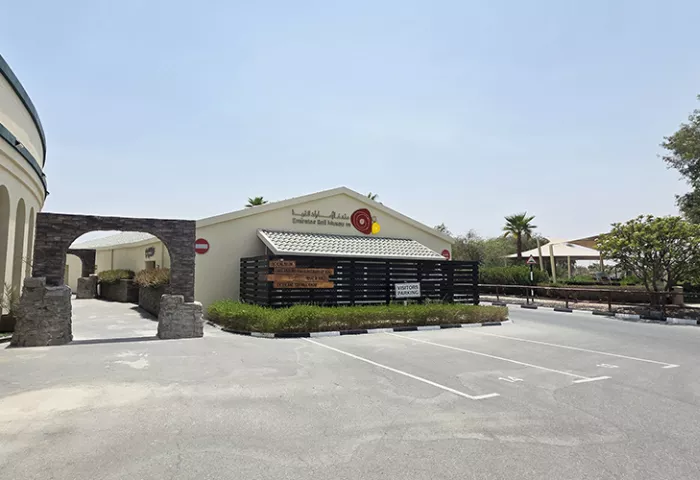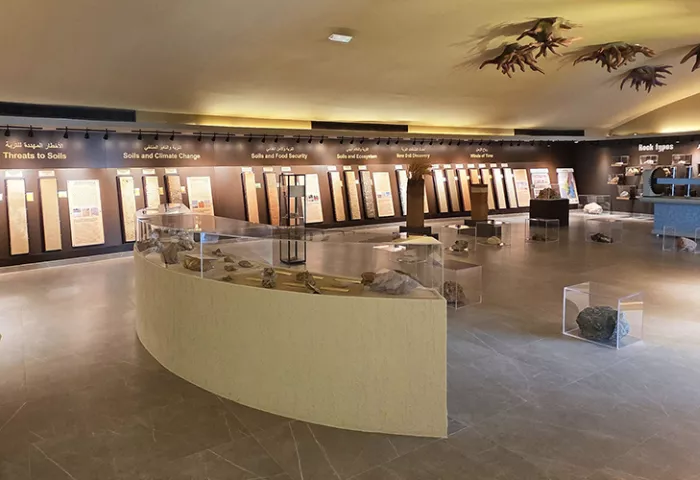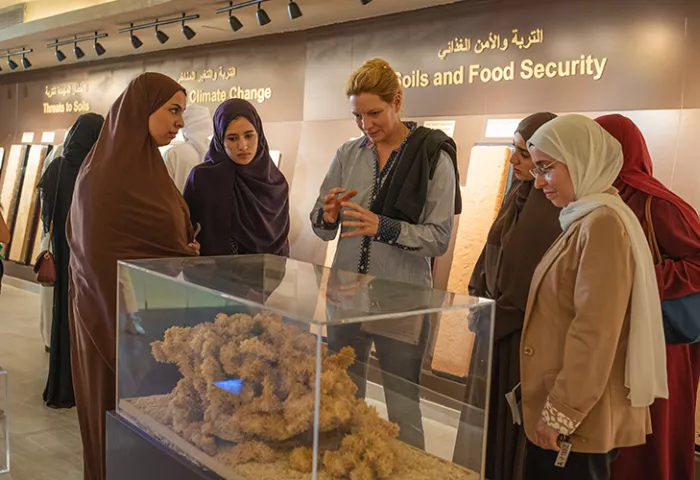About the Emirates Soil Museum
The Emirates Soil Museum is the first and only museum of its kind in the Gulf region, dedicated to exploring the hidden world beneath our feet. Through engaging exhibits, outdoor landscapes, and unique collections, it tells the story of soils, rocks, and fossils, highlighting their vital role in food security, climate change, and sustainable development.
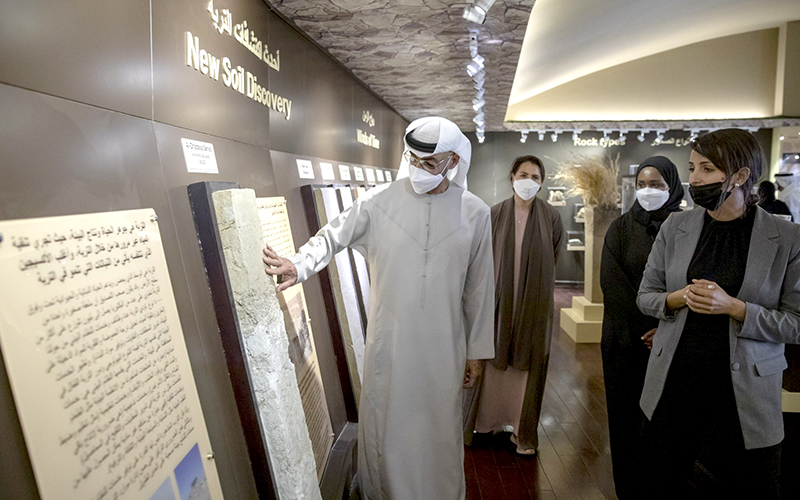
Our story
The museum was founded based on the National Soil Survey of the United Arab Emirates (2005–2012), conducted by the International Center for Biosaline Agriculture (ICBA) in collaboration with the Environment Agency Abu Dhabi (EAD), with strong support from the UAE government. This landmark project mapped and classified the nation’s soils, creating a comprehensive national database.
Building on this achievement, the idea of establishing a soil museum was formally proposed in 2010 during the International Conference on Soil Classification and Reclamation of Degraded Lands in Arid Environments, held in Abu Dhabi. This conference was jointly organized by the Environment Agency Abu Dhabi and ICBA and held under the patronage of H.H. Sheikh Hamdan Bin Zayed Al Nahyan, the Ruler’s Representative in the Western Region of Abu Dhabi and Chairman of EAD. The proposal, made by ICBA’s Senior Soil Scientist, Dr. Shabbir Shahid, as the Chair of the conference’s Recommendation Committee, was unanimously endorsed by the participants.
Following the conference, ICBA’s Board of Directors approved the initiative, a site was selected, and planning commenced. In 2016, the Abu Dhabi Fund for Development supported the project with a grant aimed at enhancing the museum’s technological capacity and enriching its indoor and outdoor exhibits.
On 8 December 2016, the Emirates Soil Museum officially opened its doors. Since then, it has become a unique hub for learning and discovery, welcoming students, researchers, professionals, scientists, environmentalists, policymakers, and land planners - all united by a shared commitment to sustainable development and environmental stewardship.
The museum’s significance was further underscored in 2022, during a visit from H.H. Sheikh Mohamed Bin Zayed Al Nahyan, President of the United Arab Emirates, during his tour of ICBA. His visit emphasized the national importance of the museum as a center for science, education, and sustainability.
Indoor Galleries
Inside the museum, carefully curated exhibits bring soil science and geology to life. Soil monoliths from across the Emirates reveal the hidden structure and character of the nation’s soils, while interactive simulators demonstrate the processes of sand dune formation and water infiltration. The rock and mineral collection features striking specimens such as gabbro, schist, marble, quartz, and limestone, along with distinctive desert minerals such as gypsum, anhydrite, and halite, which reflect the unique geochemical processes of the region. Fossils, including ancient corals and marine shells, illustrate the geological history of the Arabian Peninsula and its transformation over millions of years. Complementing these displays is a specialized collection of soil maps, books, and geospatial resources, making the museum an invaluable reference center for students, researchers, and professionals.
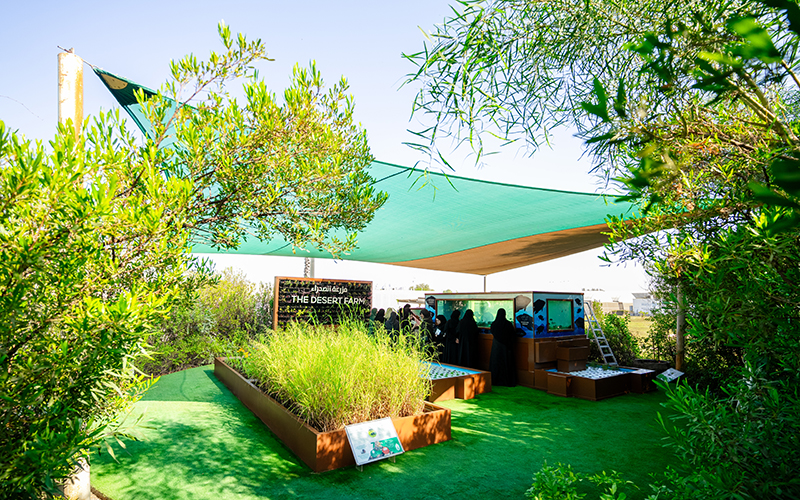
Outdoor Experience
The museum’s outdoor grounds are designed as a living classroom showcasing the natural diversity of the UAE through the desert plants and rocks from across the country.
Visitors can follow winding pathways to discover the remarkable adaptations of native desert flora. At the heart of this area lies the Desert Farm, a pioneering demonstration site where halophytes and saline agriculture demonstrate how marginal lands can be transformed into productive ecosystems, offering a model of sustainable farming in arid environments.
A Growing Knowledge Hub
Over the years, the museum has built strong partnerships with schools, universities, government entities, international organizations, and private sector partners. These collaborations have enabled the museum to deliver impactful educational workshops, community events, and awareness campaigns, extending its reach far beyond its physical walls.
Since its opening, the Emirates Soil Museum has grown into a regional hub for soil knowledge, attracting more than 15,000 visitors, including students, researchers, professionals, and policymakers. Today, it continues to serve as a space where science, culture, and sustainability meet, inspiring curiosity and encouraging action toward a more resilient future.
